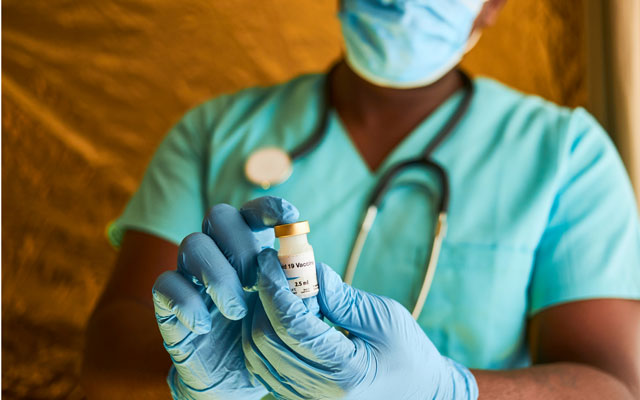
None of these vaccines has the ability to cause COVID-19 disease, but they may occasionally trigger side effects
COVID-19 SPECIAL FEATURE | Linda Geddes | Vaccines work by training the immune system to recognise a pathogen – such as the SARS-CoV-2 virus that causes COVID-19 – without making you ill, so that the next time you encounter that pathogen your immune system is already primed to destroy it. However, different types of vaccines achieve this in different ways.
Some, known as live-attenuated vaccines, use a weakened form of the pathogen to train the immune system. Because they are so similar to the natural infection, such vaccines tend to trigger strong and long-lasting immune protection, but in very rare cases they can cause disease in people with weakened immune systems, such as those with HIV, certain blood cancers or people who are taking immunosuppressant drugs. Examples of live-attenuated vaccines include the measles, mumps and rubella (MMR) vaccine, and the yellow fever vaccine.
Currently-approved vaccines incorporate viral proteins or the instructions for making them, but they do not contain any live virus.
However, none of the COVID-19 vaccines that have been approved for emergency use contain any live SARS-CoV-2 virus. Instead, they mostly train the immune system against a very small and specific piece of the virus: the “spike” protein it uses to gain entry to our cells. Messenger RNA vaccines, such as the Pfizer/BioNTech and Moderna vaccines, provide the body’s own cells with the genetic instructions to manufacture this protein.
Viral vector vaccines, such as the Oxford/AstraZeneca, Sputnik V and Janssen/Johnson & Johnson vaccines, do the same thing but shuttle these instructions into our cells using a disabled common cold virus. Then there are protein subunit vaccines, such as the Novavax vaccine, which use fragments of purified viral protein. None of these vaccines has the ability to cause COVID-19 disease, but they may occasionally trigger side effects such as a sore arm or mild fever, which is a sign that they are working.
Other companies are developing inactivated virus vaccines against COVID-19, which contain whole virus, whose genetic material has been destroyed by heat, chemicals or radiation so they cannot infect cells and replicate, meaning they can’t trigger COVID-19 either.
*****
 The Independent Uganda: You get the Truth we Pay the Price
The Independent Uganda: You get the Truth we Pay the Price



